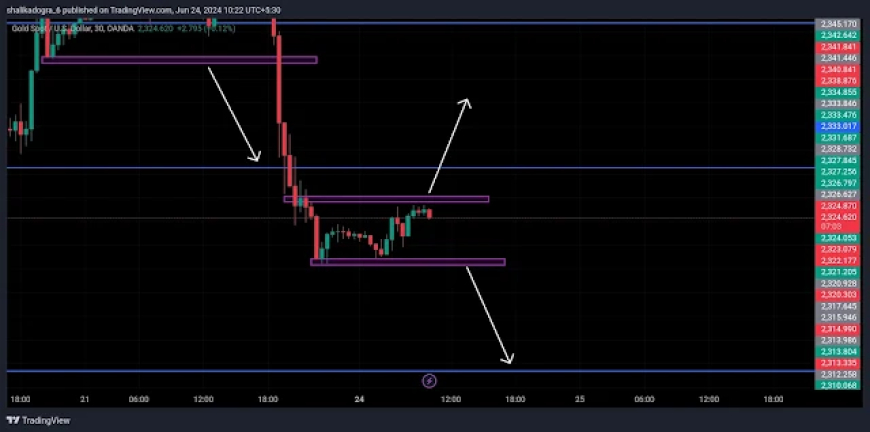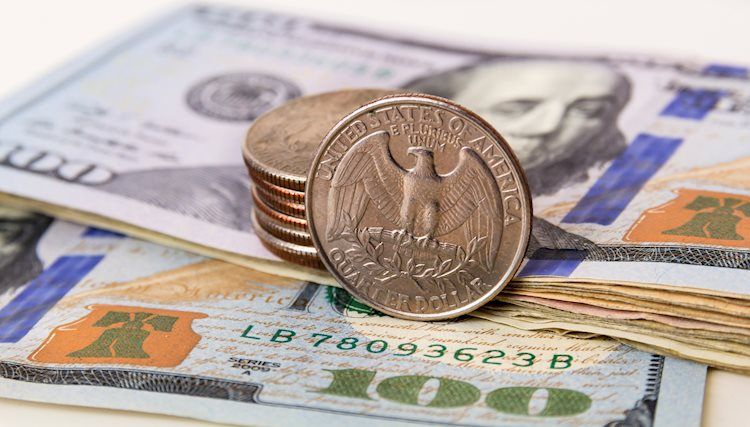Gold Price Analysis | Key Levels, Economic Drivers, and Long-Term Outlook for Forex Market

Gold recently failed to breach the crucial resistance level of 2369, and the release of flash manufacturing and services data pushed the price down to 2320. If gold manages to consolidate and break above 2330, consider taking short-term long trades. Conversely, if gold falls below 2320, it is likely to continue its decline towards the 2285 level, with 2300 being a key level in this scenario.
While XAUUSD lacks the corporate profit growth and AI technology drivers that have propelled the S&P 500's impressive 15% rally this year, it has its own unique catalysts. One significant driver is the loss of confidence in fiat currencies, spurred by massive monetary easing from the world's leading central banks. For example, the Swiss National Bank's (SNB) rate cut and the Bank of England's anticipated move in August have provided momentum for the XAUUSD rally.
Typically, gold and the US dollar do not rise simultaneously, as gold is priced in the US currency. Therefore, when the USD index soars, gold usually declines. However, the current economic cycle is an exception. The US dollar remains strong even as the economy cools and inflation slows. The primary reason is the Federal Reserve's intention to maintain interest rates while other central banks opt for cuts. However, the federal funds rate cannot stay at 5.5% indefinitely as it could freeze the economy and increase the Treasury's debt service costs. Eventually, monetary expansion is inevitable, and this process could accelerate if Donald Trump returns to power in the US. To revitalize economic activity and attract foreign buyers of US Treasuries, a weaker US dollar would be advantageous. Consequently, the greenback could become a Forex outsider in 2025, indicating that gold has not yet exhausted its potential.
The growth of gold in parallel with US Treasury bond yields could be related to dedollarization. According to a survey by the World Gold Council (WGC), 62% of central banks believe the greenback's share in foreign exchange reserves will decrease over the next five years. This is an increase from 55% in 2023 and 42% in 2022. In contrast, 29% of respondents indicated they are ready to buy gold in the next 12 months. When central banks sell the greenback and the Treasuries denominated in it, the yields on those Treasuries rise. This phenomenon was observed in 2024, explaining the rise in XAUUSD quotes. The fall in US debt market rates has prevented a significant correction in gold prices. A pullback seemed likely when the People's Bank of China (PBoC) ceased gold purchases in May after 18 months of continuous buying, leading to market rumors about weaker demand in Asia. However, given the yuan's 13% depreciation against the US dollar over the past three years, the $1 trillion decrease in Chinese stock market capitalization since 2021, and the real estate sector's serious challenges, China has few alternatives to gold.

Quarterly Trading Plan for Gold:
XAUUSD bulls are expected to continue leveraging the decreasing purchasing power of fiat currencies, dedollarization, high demand in China, and active central bank purchases. Gold may consolidate within the $2300-$2400 per ounce range for a few months due to the Fed's reluctance to cut rates. However, the long-term outlook for gold remains bullish, supported by these robust fundamental factors.
What's Your Reaction?



































